It is said that up to 50% of businesses fail within five years of inception. Most of these business start and end in obscurity. A few of them, however, start up with the verve of a cannonball, only to crash with equal fanfare. Some of the companies listed below, like Enron and DeLorean, exemplify this cataclysmic appeal. Others, like Pan Am and Woolworth’s, just tug at our heartstrings.
Check out the 25 worst business failures in history below:
25. Fashion Café
Want some Newports with that iceberg lettuce?
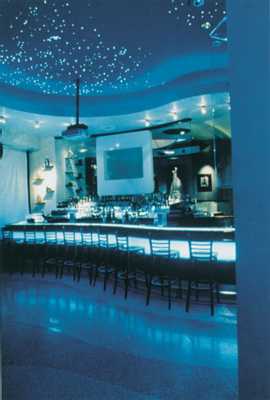
A restaurant that serves gargantuan burgers and fried appetizers founded by a bunch of supermodels and fey fashionistas didn’t work? Hmm, I wonder why. “The $20 Salad Extraordinaire,” created exclusively for Naomi Campbell, reportedly consisted of a glass of champagne, a pack of Newports and two slices of tomato accompanied by an iceberg leaf. Famed restaurateur Tommaso Buti was the “brains” behind the operation. He over-franchised the cafes, was accused of mismanagement, then followed Christy Turlington in selling his stake in the company. Buti, already accused of defrauding investors, was arrested in 2000 and charged with wire fraud, conspiracy, money laundering, and transportation of stolen property.
24. CBGB
A legend turns into a men’s store
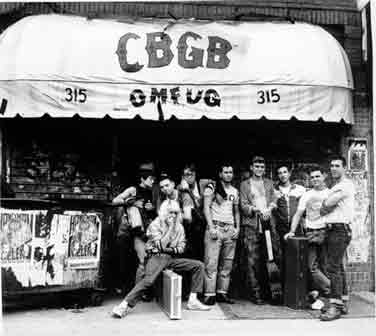
In 2006, after 33 years of offering up legends like the Talking Heads, Blondie, Misfits and the stalwart Ramones, CBGB, the most famous underground alt-rock/punk club in the world, closed its doors. It was shuttered to make way for a high-end men’s fashion store. Patti Smith gave the historic club an emotional, if punk, goodbye by tearing the stage and room apart. Ironically, the very same shrine that so many skinny-jean hipsters and adrenaline-fueled punks would come to mourn was originally started by Hilly Kristal as a venue for his favorite music: “Country, Blue Grass and Blues.”
23. The Edsel
Ford’s biggest flop
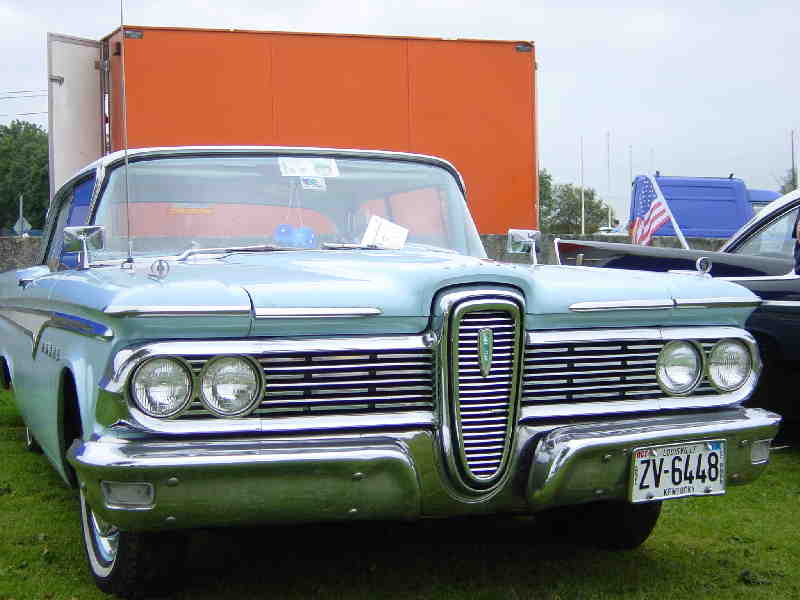
In 1958, Ford’s newest vehicle, launched on “E-Day,” flailed, flopped, and imploded. Ford kept the Edsel under wraps as a new kind of futuristic, experimental car. One fateful day in 1958, the Edsel was revealed…and immediately faceplanted. This car of the future was blah by anyone’s standards. By November 1959, when Ford finally mercy-killed the Edsel, it had lost an estimated $250 million–nearly $2 billion in today’s dollars. Edsel is now synonymous with a marketing business failure.
22. Flooz.com
The name says it all

Flooz.com blew through up to $50 million dollars trying to convince new Internet users that money online would work like frequent flier miles or gift cards. Part of that money went to a notoriously bad ad campaign featuring Whoopi Goldberg (before she was cool again). And the name? Flooz is derived from the Arabic word for money. In August, 2001 the company folded their chairs and went home. Apparently, people could just use their credit cards. Whoops!
21. The Hit Factory
A New York classic goes condo

Deep in New York, in the heart of Hell’s Kitchen, The Hit Factory was one the world’s most recognized recording Studios. Started by Edward Germano in 1975, it saw everyone from Tony Bennett to U2 record amazing tracks. After Germano’s death in 2003, his wife Janice took over operations. Citing the “digital age,” she closed the doors and sold the building, moving the operations to an existing Hit Factory in Miami. Troy Germano, Edward’s son, later acknowledged publicly that his mother simply closed it out of greed. She wanted to move to Miami and thought she could make good money on the building’s sale. It is now a luxury condominium complex, with prices starting at $1 million.
20. Betamax
BetaWrong
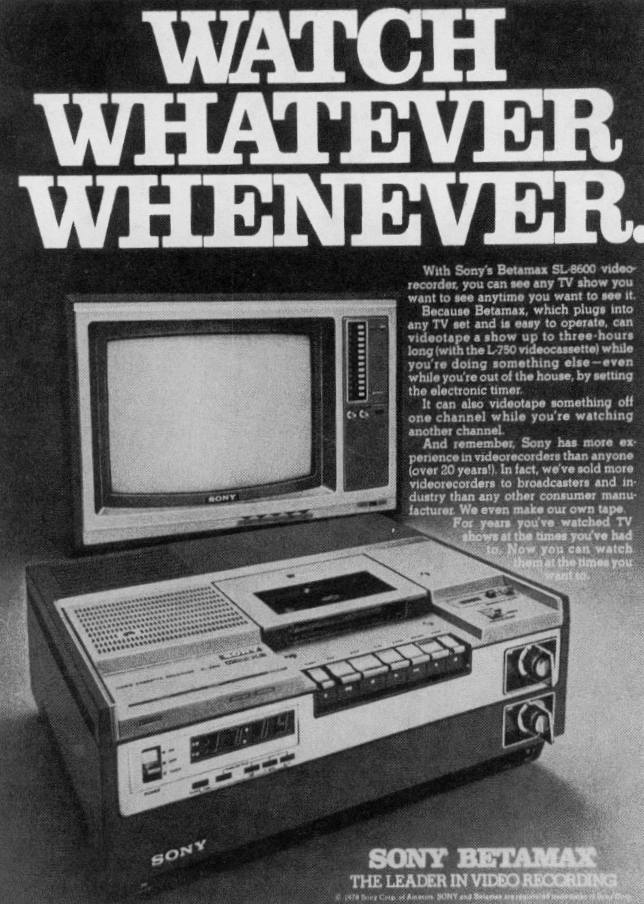
I could give you facts, figures, and dates to support why Betamax failed so miserably, but that would be a blog post unto itself. Suffice it to say: Betamax was bulky, complicated, ugly, expensive, publicly ridiculed, horribly marketed, disdained by the media, and only capable of limited recording and playback. The capper? Most Hollywood movies that people rented were just a little bit over one hour. Too bad…and good riddance.
19. SwissAir
The “Flying Bank” ends up buried

The former national airline of Switzerland, Swissair, used to be so financially stable that it was known as the “Flying Bank.” Founded in 1931, Swissair epitomized international transportation until the late 1990s, when the airline’s board decided to follow an aggressive borrowing and acquisition policy called the Hunter strategy. Then, the terrorist attacks of September 11, 2001 put a void in the company’s plans Swissair found itself hamstrung with debt. Unlike some other airlines, however, Swissair couldn’t handle the financial hit. Mismanagement and bad ideas—trundling large sums of cash to purchase fuel at foreign airports, for example—left the airline gasping for oxygen. In 2002, Switzerland was embarrassed to lose its national icon for good.
18. Ponzi’s Security Exchange Company
Bernie Madoff’s famous forebear
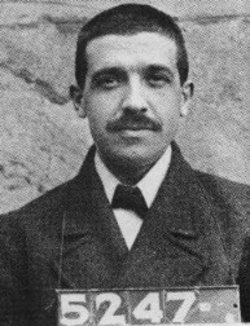
It’s quite an achievement to have a breed of financial scam named after yourself. Charles Ponzi, an Italian immigrant, ran a staggering 6-month pyramid scheme in 1920 by gaining investments (over $15 million) from an ever-growing pool of more than 40,000 investors. Ponzi would use “profits” from new investors to pay “interest” to old ones. Using a trade system of international reply coupons for postage stamps and leveraging exchange rates, Ponzi made a lot of people money through the “Securities Exchange Company,” which claimed to leverage exchange rates through an international postage stamp reply coupon trading system (this mouthful of a phrase reminds me of how people described derivatives in 2008). But his scheme ruined lives–including Charles’ own. After jumping a few bails, he did prison time from 1926 through 1934. Years later, he died, penniless, in a Brazil charity hospital, half-blind and partially paralyzed.
17. Woolworth’s
The bad economy bullies Woolies towards its own demise
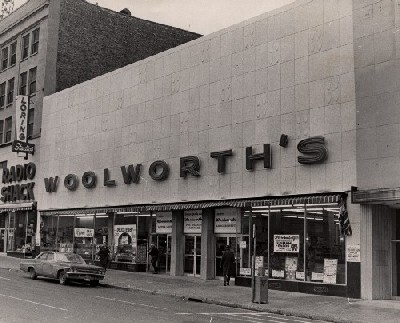
Brits, who held “Woolies” close to their hearts, were were crushed when this comfort food and houseware retailer closed its last 807 stores after nearly 100 years of service on High Street and beyond. At one time, Woolworths was the leading music retailer in the entire U.K. During the 1950s and 60s, the store was instrumental to the Beatles’ sales success Indeed, Woolies also played a role in breaking Madonna to the rest of the world. Hey, she’s a Brit now. Maybe she’ll pony up the cash to save them? Not likely.
16. Premier Smokeless Cigarette
Taste-wise, charcoal just doesn’t cut it
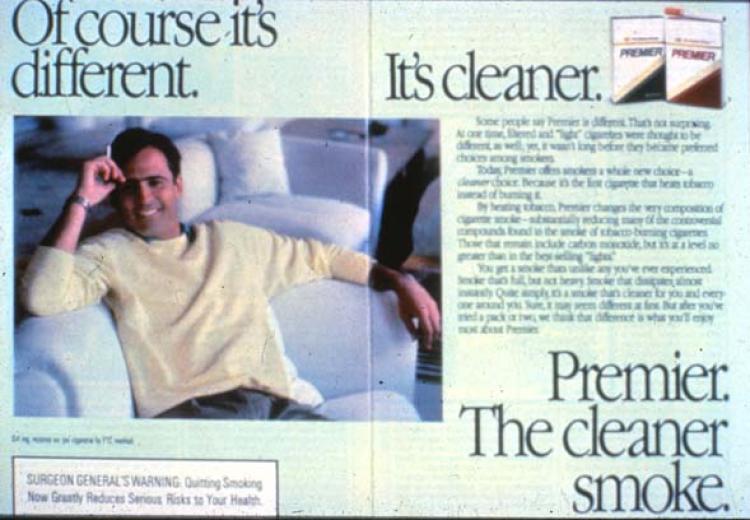
A smokeless cigarette has been the holy grail of tobacco ever since Reagan lit up a Chesterfield on broadcast TV. In an effort to reduce the harmful effects of inhaling cigarette smoke, RJ Reynolds launched the Premier cigarette, a “smokeless nicotine delivery mechanism that looks and feels like a premium cigarette,” in 1988. The product ended up a miserable flop. Not only did this expensive cig taste like charcoal, it ended up being employed by drug users as a handy “delivery mechanism” for substances other than tobacco. The cost of the project? A cool $1 billion.
15. Bre-X Minerals
Fool’s gold strikes again

If someone tells you they’ve struck gold on the isle of Borneo, grab your money and run the other way. In 1995, Bre-X Minerals was a tiny mining company based in Calgary with stock worth under $1 when they announced they had found extensive deposits of Gold in Busang, Indonesia. As a result, their stock shot to almost $300 CAD a share. A series of strange events, including a man fallen from a helicopter and eaten by tigers, roused enough suspicion to unravel the fraud. By 199, an outside analysis of the sites samples revealed that Bre-X had faked their findings by “salting” samples with gold dust. Within weeks, the NASDAQ and TSX delisted the company, which at one point held a market cap of $4.4 billion. Investors slapped their foreheads, and Bre-X Minerals slunk into history as a major business failure.
14. IndyMac
IndySplat

On July 11, 2008 the FDIC seized the assets of the largest Savings and Loan in Los Angeles and the 7th largest loan originator in the country. The seizure sparked rumors of bank runs. It also gave the public the first real, Main Street glimpse of the Financial Crisis of 2008. IndyMac was founded in 1995 as Countrywide Mortgage Investment. Its purpose was to provide a means of collateralizing loans too high in value for Fannie Mae and Freddie Mac to service. At the time of its seizure, IndyMac held nearly $30 billion in assets, making it the fourth largest bank failure in history.
13. Edison Records
First isn’t always best
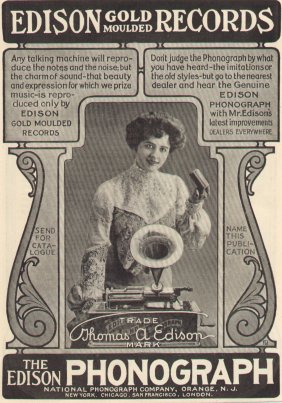
It’s always difficult being first. Thomas Edison founded the first record company and invented the phonograph, the first device made for recording and playback of sound, in 1877. This achievement led to all of the music industry as we now know it. Surprisingly, it was also the first dictaphone in history used by businesses. World War I shortened the supply of materials Edison could use for his highly secret wax recipe, used in manufacturing. The company’s market share fell. As other companies seized the opportunity the make “needle-cut” records (an Edison Labs invention) Edison Records lost customers and credibility. It closed its doors in 1929.
12. Tucker Automobiles
There’s a reason only four of them ever died
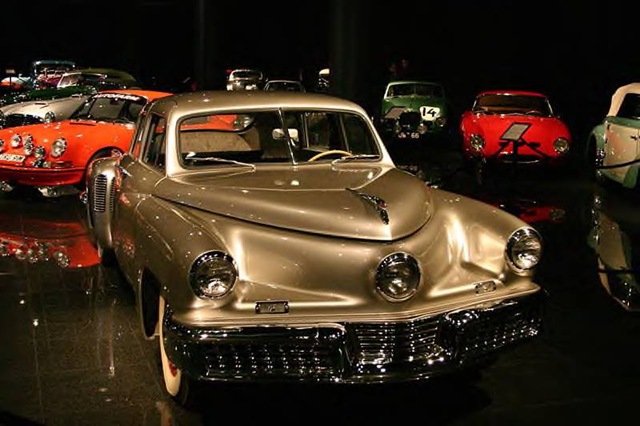
The ambitious car company that Preston Tucker started was only in business one year (‘47-‘48). It produced a mere of 51 cars, but its story remains enshrined in museums, car clubs, film and even a video game where everyone drives a Tucker. The fatal flaw? Offering customers the option to buy their accessories before their car was built. This program started a witch-hunt by the SEC. Amid accusations of fraud and the “Big Three’s” influence over government, Tucker Automobiles went belly-up. I will spare you the argument of whether it was the best car ever made, but out of that original 51, 47 Tuckers still exist today. Let that be your clue.
11. Sharper Image
Buy, but do not inhale
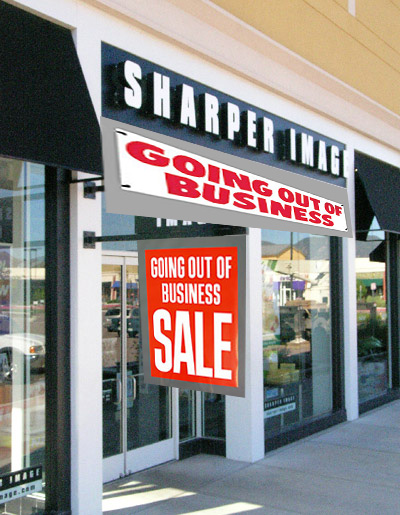
Started in 1977 as a catalog selling jogging watches, the Sharper Image eventually grew into a high-end customer electronics store. As iPods and other branded, high-tech items took over the store’s traditional market share, it launched into the infomercial business with the Oreck vacuum and Ionic Breeze. Unfortunately, the Ionic Breeze did not purify the air as it said it did. After losing a lawsuit against Consumer Reports for a negative review, the testing company released findings that the Ionic breeze actually produced trace levels of ozone. In 2008, the store went bankrupt, forcing shoppers to buy their overpriced, Japanese made, brushed steel, throw-away executive gifts elsewhere.
10. Washington Mutual Bank
See bank run
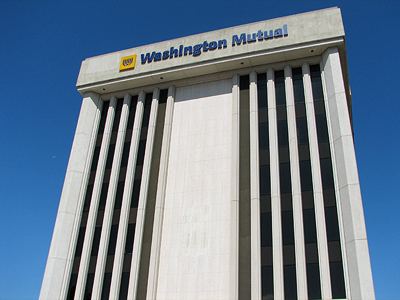
WaMu was America’s largest Savings and Loan association, the sixth largest bank in the U.S., and (drumroll please…) the largest bank failure in history. Let that sink in for a minute. After a 10-day run on the bank in late September 2008, with total withdrawals in excess of $16 billion USD–almost 10% of the deposits–the FDIC seized WaMu’s assets. JPMorgan Chase bought WaMu subsidiaries the next day for what many suspect at pennies on the dollar. The holding company is currently in Chapter 11.
9. Enron
They made the E crooked for a reason

Enron was an energy sector leader that started to dabble in e-commerce and exotic investment areas, such as weather futures. In 2001, Enron, once valued at $90 billion and the 7th largest company in the United States, went bankrupt. It took jobs, investor savings, retiree futures and even some lives with it. In following years, it emerged that they shredded documents, started partnerships with their own shell companies, and engaged in massive inside trading. Enron is now synonymous with the business outcomes of galloping greed.
8. Polaroid
Go digital or die

Shake it like a Polaroid picture! You know you’re good when your name is the product. (Hello, Kleenex). But while you and I were buying our first digital camera, printing pictures and later taking photos with our phones and PDA’s, the execs at Polaroid were snapping and shaking their pictures into oblivion. So loved was the brand that countless people took daily shots of and created art, diaries and literature using these magical snapshots taped to their walls or to the street. The leader of an amazing niche technology that so enriched anyone born before 1980, Polaroid went bankrupt in 2005. The name may emerge again, but the brand and the impact will always be retro.
7. Atkins Nutritionals
Fadkins takes a bad fall

Apparently, bread won. Remember when all of your friends ordered their lunch without the bun and no potatoes, but with lard-laden beef and cheese? Atkins engineered the “low-carb” craze, a fad diet claiming you could “lose fat by eating fat.” Dr. Robert Atkins released Dr. Atkins’ Diet Revolution in 1972. In 1992, revised version gained popularity; the fad really took off at the beginning of millennium. Questions arose from the medical community about the diet’s long-term effects. Countless others, from the FDA to top chefs, also lined up to take shots at it. In 2003, it was reported to a skeptical public that the good doctor slipped on an icy sidewalk and died. The company went bankrupt within two years amidst the suspicion that his diet killed him. Meanwhile, a fickle public ditched low-card for the next fad. A year later, a leaked medical examinations report revealed that Dr. Atkins, 72, had a history of heart attack and congestive heart failure. He weighed 258 pounds at death.
6. Bethlehem Steel
When service kills steel
Everything you know about historic America has Bethlehem Steel in it. Founded when James Buchanan was our nation’s president, Bethlehem Steel was the backbone of the first blasting furnace, railroads, skyscrapers, coal, nuclear reactors, warships, cargo vessels, large construction projects like arenas, and other major infrastructural accomplishments. However, the company never adjusted to the new service-based economy that gained ground in the 1990s. Cheap imports worsened the situation. Bethlehem Steel, a piece of American history, disappeared forever when it filed for bankruptcy in 2001.
5. Pets.com
Big isn’t better

Pet’s can’t drive, and sock puppets make bad spokespeople, but Pets.com made the dot-com bubble their own in 2000. They overexpanded by opening a nationwide network of warehouses nationwide too quickly (taking a hint from Starbucks). Unfortunately, profits never caught up with media buys for commercials. In marketing, nothing is worse than having everyone know who you are and no one interested in what you sell. Widely recognized as the icon or poster child for dot-com failure, its stock went from over $11 in early 2000 to just $.19 on Election Day that same year, when the company closed its doors.
4. White Star Lines’ “Titanic”
A disaster of titanic proportions
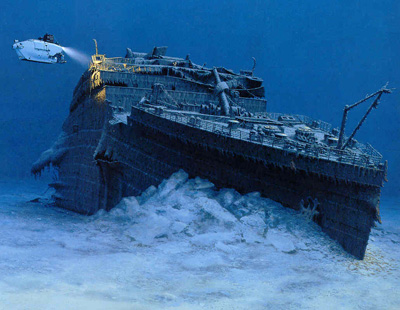
White Star Lines, which built the Titanic, has oddly disappeared from the lore surrounding the fated giant. The fated vessel was conceived of in 1907, when executives Bruce Ismay and Lord Pirrie drastically changed and expanded their shipping transportation business to compete with Cunard’s new luxury oceanliners. The result was a line of gargantuan luxury liners that moved more passengers and freight than anyone else on the market. Three ships came out of the venture: The Olympic, the Titanic, and the Brittanic. You know the rest of the story. Cue the music!
3. Commodore Computers
You can’t kill the C64
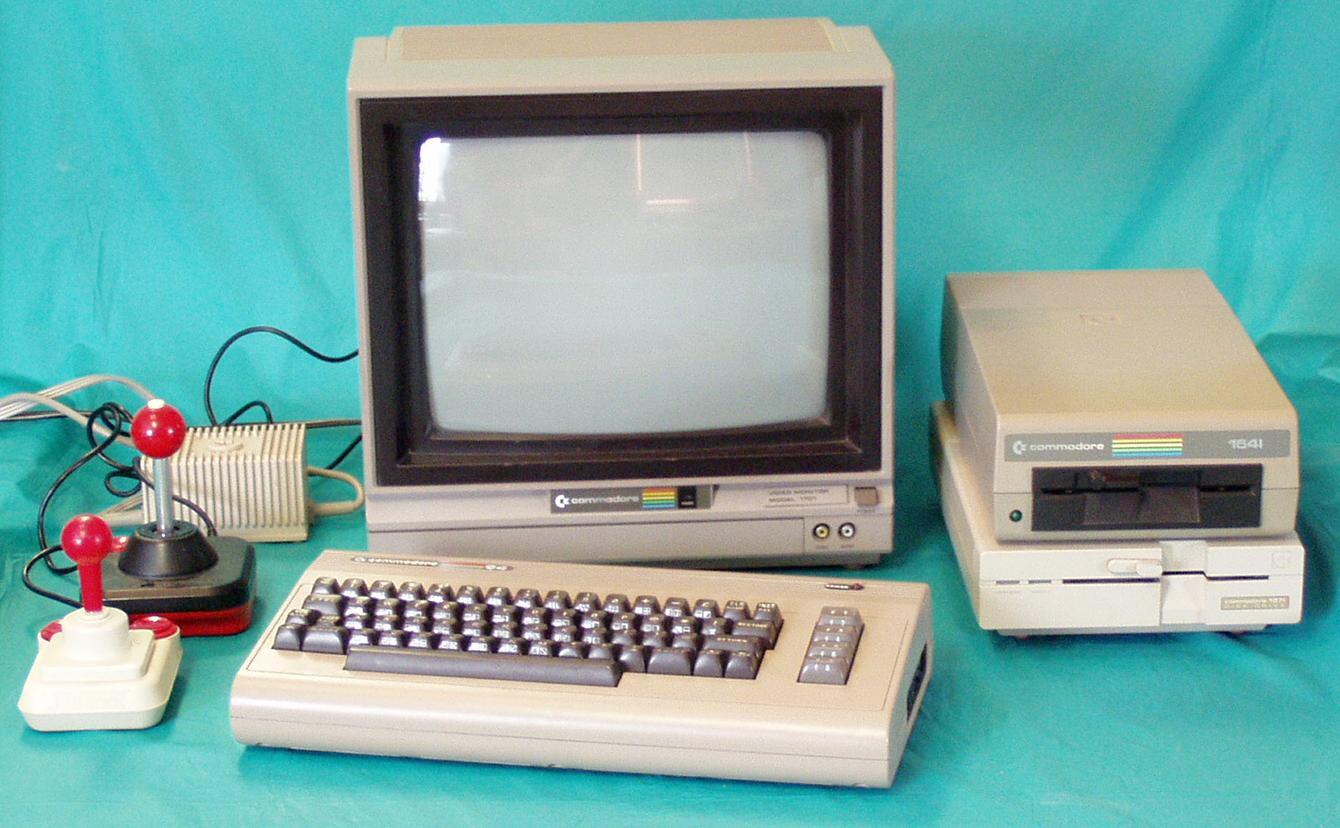
Between 1983-1986, Apple, IBM, and Atari computer were quaking in their boots. The reason? The Commodore 64 was selling 2 million units a year and dominated nearly 50% of the total market. As the company tried to innovate by releasing the Commodore plus/4, a faster, smarter version with a color screen, they alienated their original customer base. The new model was incompatible with the cherished C64. Commodore tried to discontinue the old line in the US by 1990 and announced it would stop shipping them in 1995. The tactic didn’t work. Customers all over Europe continued to snap up the C64s until it became impossible for the company to manufacture them at a reasonable price without selling new, more expensive models. As they say, “you can’t kill the C64.” The company went bankrupt in the spring 1994.
2. DeLorean Motor Company
A man, his cocaine, and his car
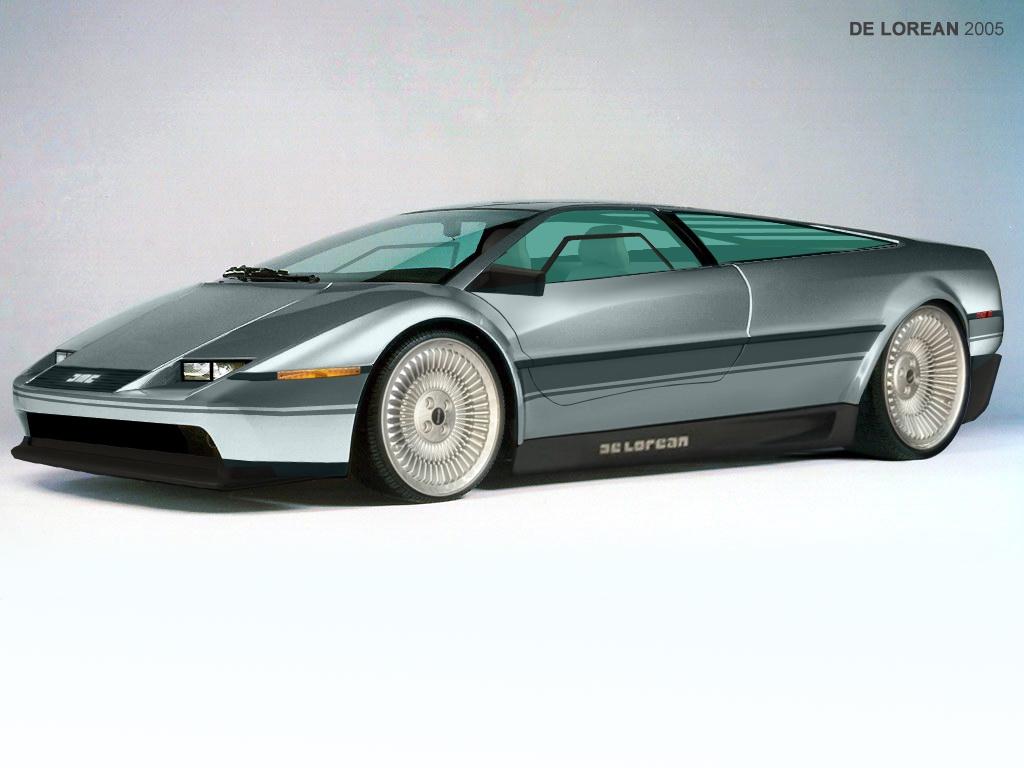
As is often the case in the automobile industry, it’s hard to separate the man from the vehicle. John DeLorean was a hero amongst the very rich for creating the kind of car the future promised. With a stainless steel-skinned body, sleek lines and doors that opened vertically (gull wings), his DMC-12 hit the streets in 1980. Over the next three years, only 8,900 cars would be made. The car played a feature role in “Back to the Future” and become a potent status symbol. Then, in 1983, a sting revealed John on tape saying “this cocaine is as good as gold,” referring to a suitcase full of drugs valued at $24 million. Later acquitted on entrapment grounds and cleared of defrauding his partners, he would never gain the investor’s trust again.
1. Pan Am
The icon that didn’t pan out
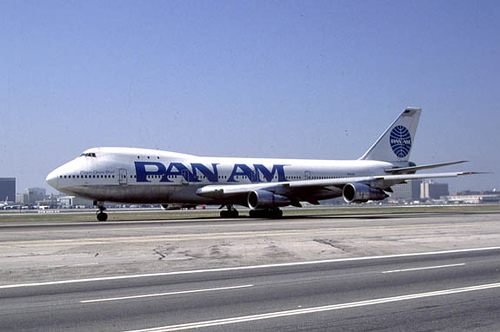
It’s amazing how a country’s identity can be so closely tied to a business. Such was the case with PanAm. Founded in 1927, the airline was a part of American culture for the better part of the 20th century. It led the industry in international flights and luxury travel. It was also the first airline to make widespread use of jumbo jets, and the first to use an air staff of stewardesses as a PR focal point. Little girls grew up wanting to be PanAm stewardesses, and boys grew up wanting to pilot one of the fleet. Heck, the Beatles arrived on one. Unfortunately, as an American icon, PanAm was also a target for terrorism. A few horrific incidents, coupled with the increased global competition that came with deregulation, caused the airline—and its accompanying era—to collapse in 1991.
